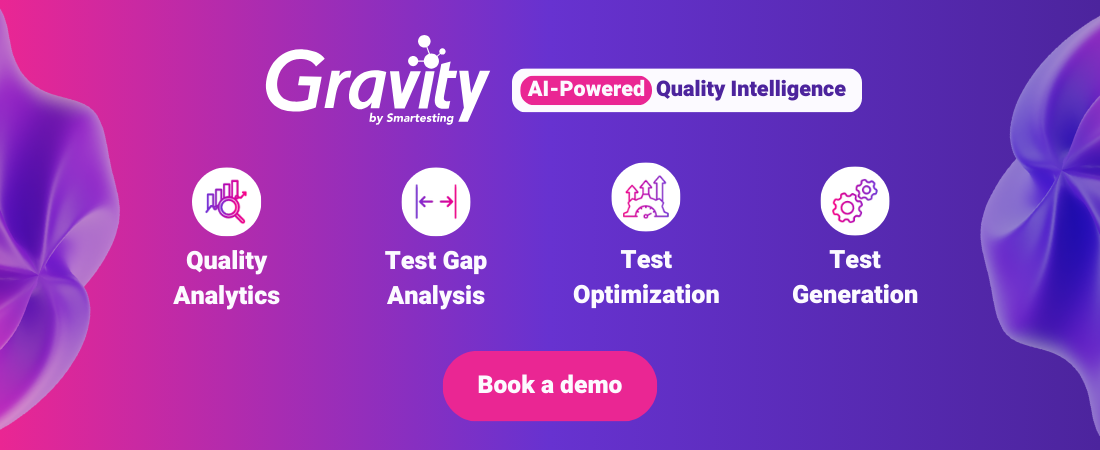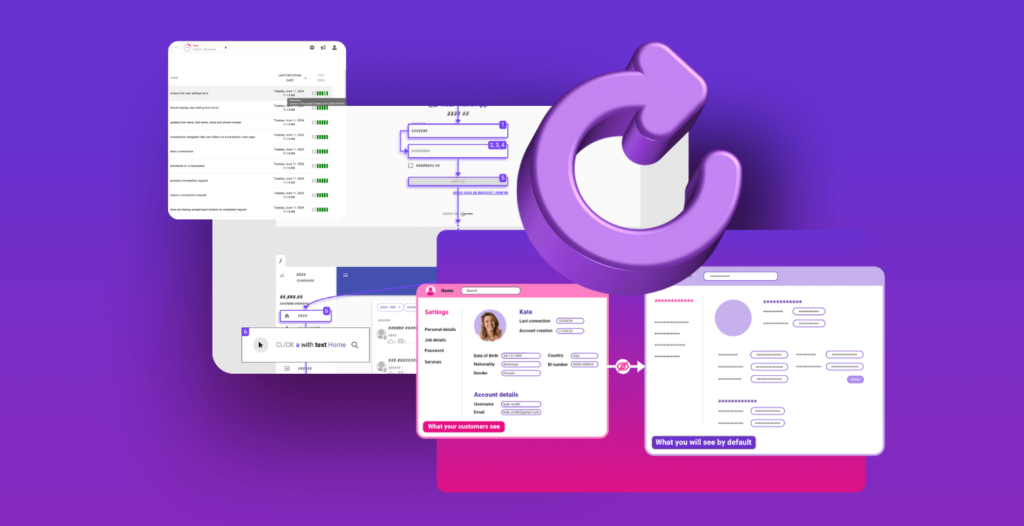Protecting applications from potential vulnerabilities is crucial in today’s digital landscape. With the increasing sophistication of cyber threats, ensuring software security has become paramount for organizations. In this blog post, we will delve into the significance of software security in the testing phase and explore effective strategies to mitigate risks. Let’s discover how organizations can safeguard their applications from vulnerabilities.
Ensuring Security in Software Testing: Safeguarding Applications from Vulnerabilities

Understanding Software Security
Software security encompasses a range of measures implemented to protect applications from malicious attacks, unauthorized access, and data breaches. In an interconnected world where applications are constantly exposed to threats, prioritizing security from the early stages of development is essential. Robust security practices involve implementing appropriate controls, following secure coding practices, and conducting comprehensive security testing.
The Role of Software Testing in Security
Software testing plays a crucial role in ensuring application security. It helps identify vulnerabilities, weaknesses, and flaws in the software that could be exploited by attackers. By adopting comprehensive testing methodologies, organizations can proactively identify and address security loopholes, minimizing the risk of data breaches or unauthorized access.
Uncovering security vulnerabilities before deploying the application is one of the key objectives of software testing. By conducting thorough security testing, organizations can identify potential entry points for attackers, such as injection flaws, cross-site scripting (XSS), or improper session management. This proactive approach allows for timely remediation, reducing security risks and ensuring the resilience of the application.
Common Security Testing Techniques:
- Penetration Testing: In this use case, skilled security professionals simulate real-world cyberattacks to assess an application’s resilience against various threats. Penetration testing helps uncover vulnerabilities, weaknesses, and potential entry points for attackers, providing valuable insights for remediation.
- Vulnerability Assessment: Automated tools are utilized to scan an application’s code and configuration for known vulnerabilities. By conducting vulnerability assessments, organizations can identify potential security risks and take appropriate measures to address them, minimizing the chances of exploitation.
- Threat Modeling: In this scenario, organizations analyze the application’s architecture, data flow, and potential attack vectors. Proactively identifying potential threats enables effective implementation of security controls and countermeasures, thereby reducing the overall risk exposure.

Best Practices for Software Security Testing:
- Regular Security Assessments: Organizations should conduct periodic security assessments to identify new vulnerabilities and evaluate the effectiveness of existing security controls. This ongoing monitoring helps organizations stay ahead of emerging threats and address vulnerabilities promptly.
- Secure Coding Practices: Encouraging the adoption of secure coding practices, such as input validation, output encoding, and proper error handling, is crucial. By integrating security practices during the development phase, organizations can significantly reduce the risk of introducing vulnerabilities into the software.
- Secure Configuration Management: Secure default settings, strong passwords, and proper access controls are essential for a secure configuration. Regularly reviewing and updating configurations helps address new security threats and ensures ongoing protection.

Conclusion:
Software security is a critical aspect of any robust testing strategy. By prioritizing security throughout the software development lifecycle, organizations can significantly enhance the protection of their applications. This proactive approach helps mitigate potential vulnerabilities and safeguard against cyber threats. Implementing robust security testing, and best practices, and staying informed enhances application resilience and security.
Remember, ensuring software security requires continuous effort and a commitment to staying updated on the latest security practices. By investing in robust security testing processes and adopting a proactive approach, organizations can safeguard their applications and protect sensitive data from potential threats, ultimately building trust with their users and stakeholders.








